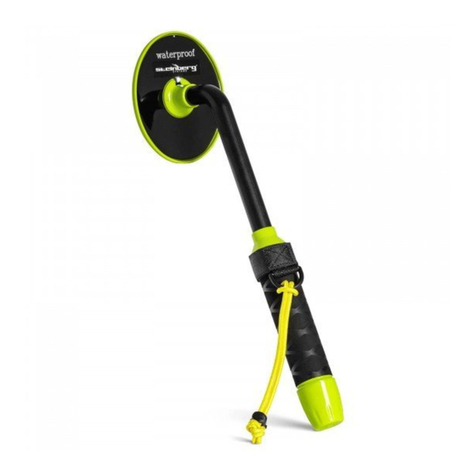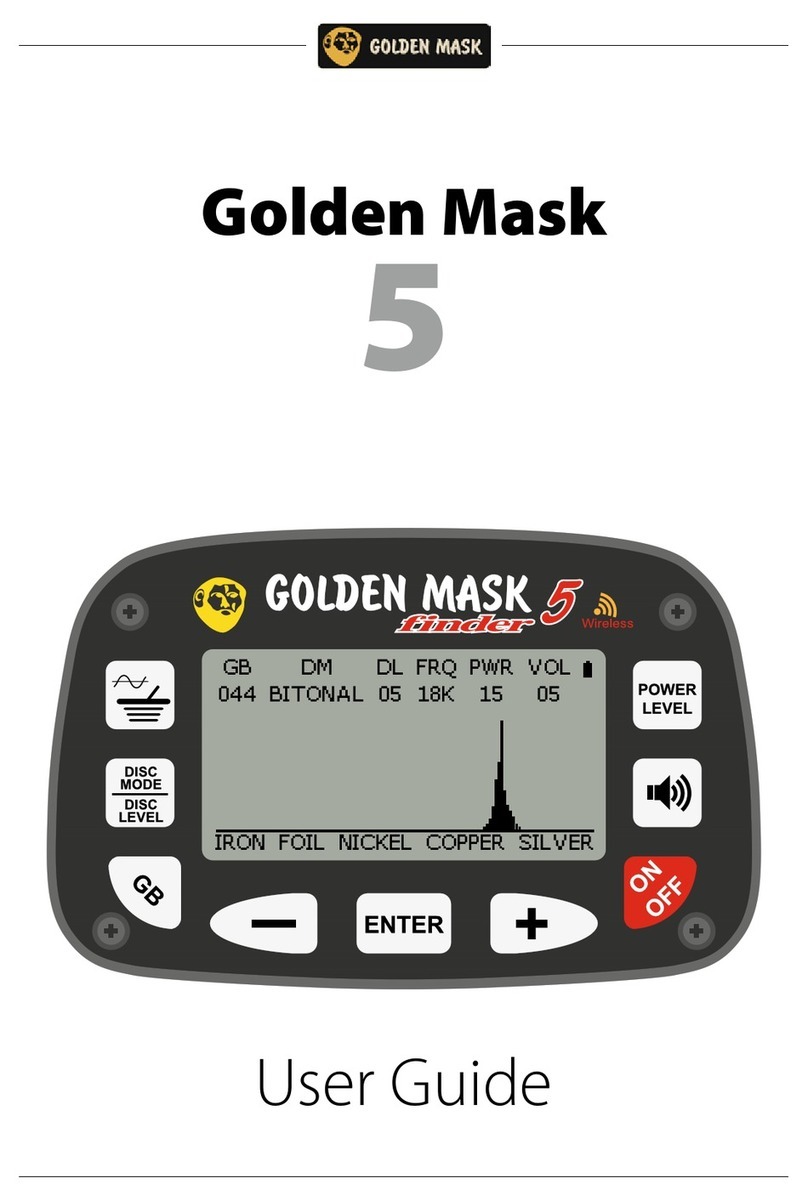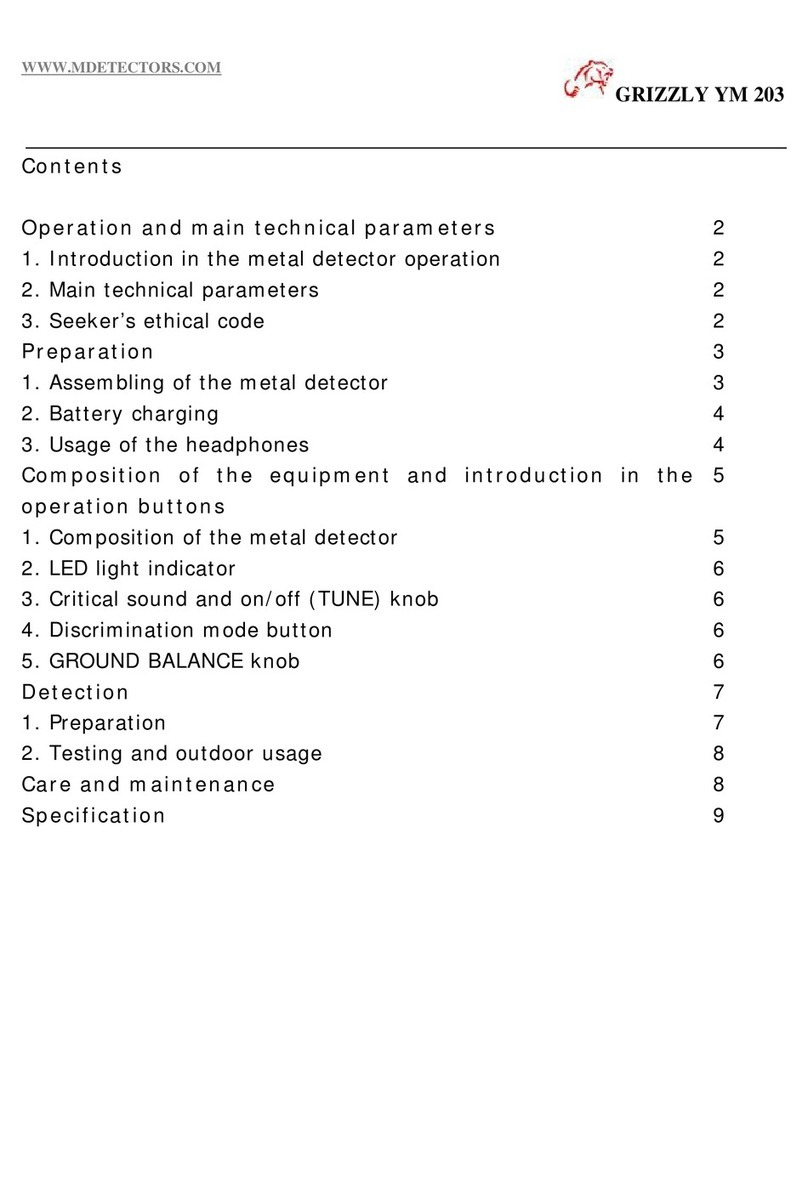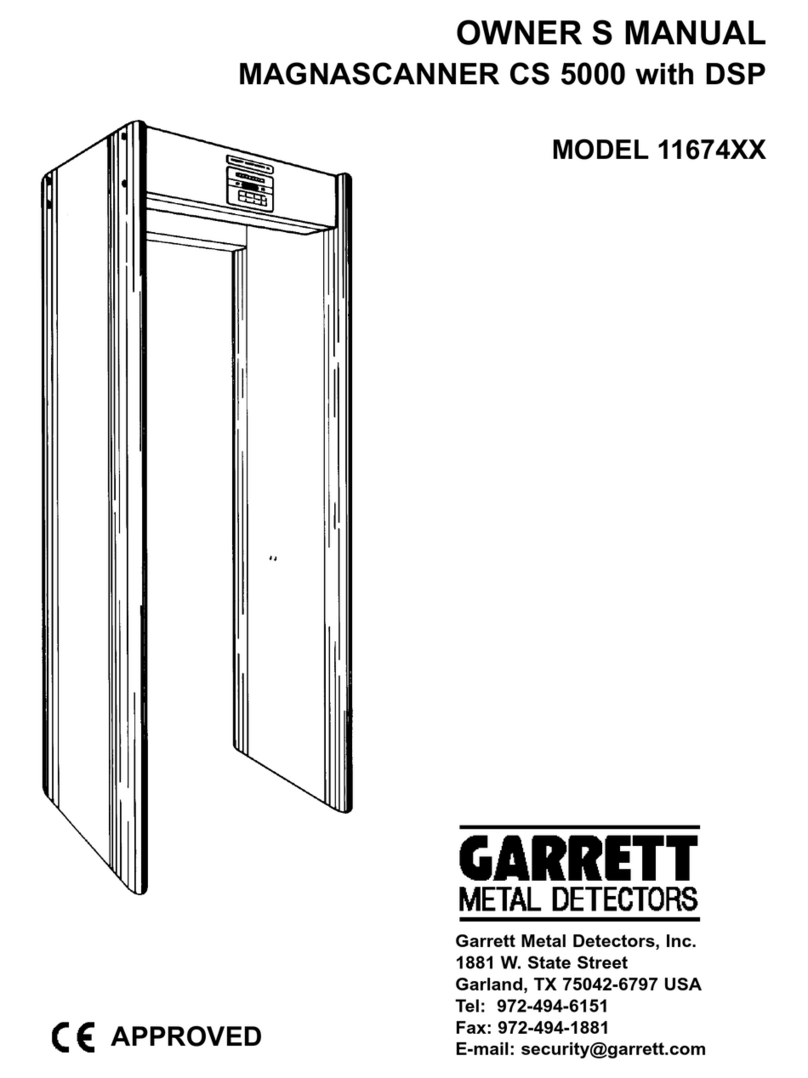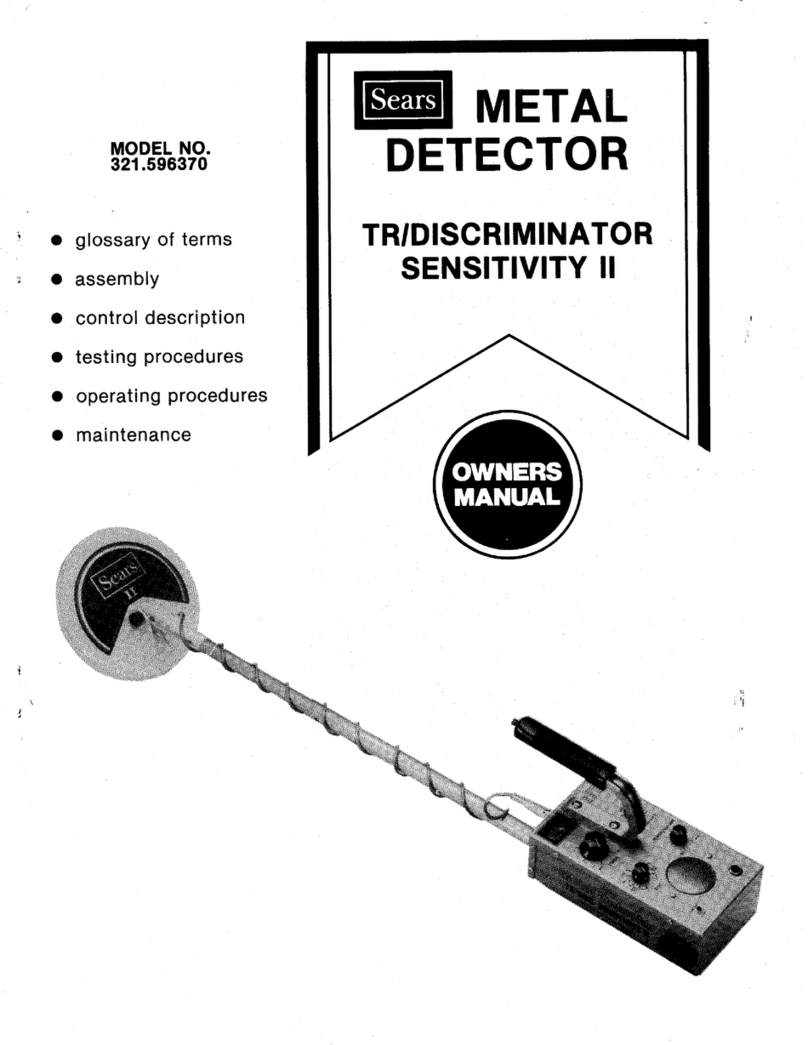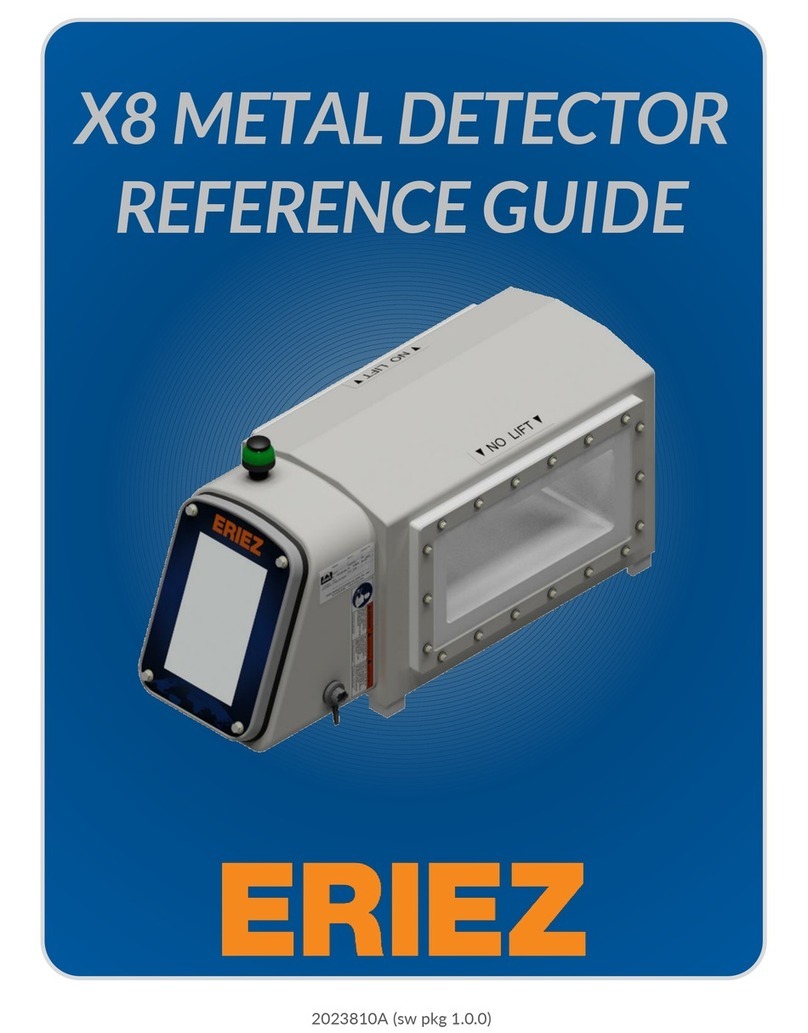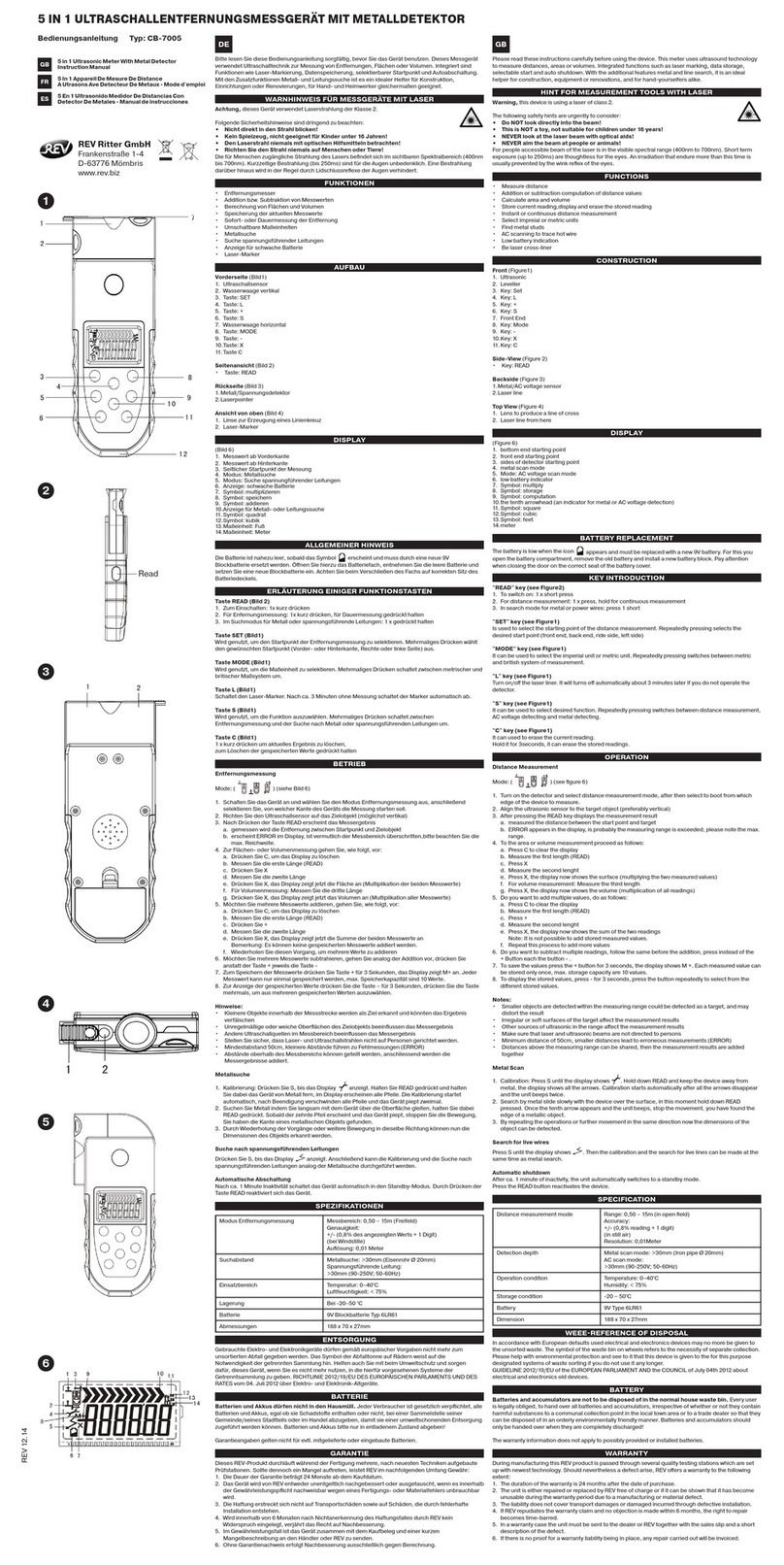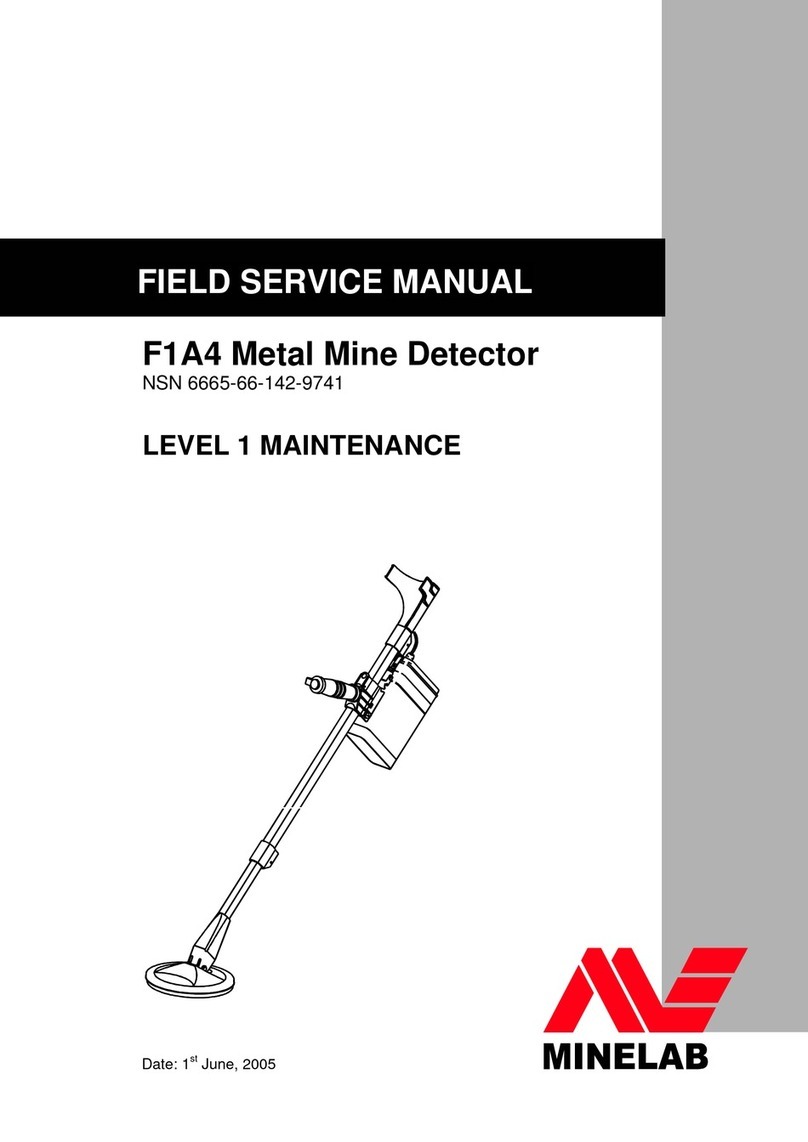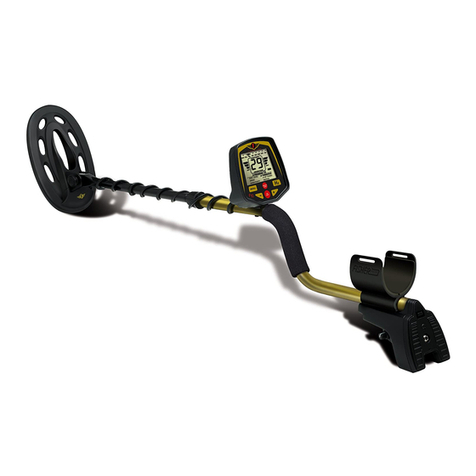
3
1INSTALLATION, USE AND SAFETY INFORMATION
READ THESE INSTRUCTIONS BEFORE WORKING WITH THE DEVICE
General warnings
Turnstiles.us cannot be held responsible for any damage resulting
from procedures which are not expressly indicated in this manual, or
from any lack of attention, either partial or total, of the procedures
described therein.
Read this manual carefully before installing, operating or carrying out
maintenance on the device. Keep the manual in a safe place for future
reference, and in perfect condition.
Follow the instructions contained in this manual for all operations
relating to installation, use and maintenance of the device.
All personnel operating with or performing operations on the device
must have an adequate preparation and shall know the procedures
described in this manual.
Observe current regulations regarding electrical and personal safety for
both the operator and the installer when installing the device.
Any modification to the configuration setup by Turnstiles.us is
forbidden and voids all warranties and certifications.
This manual must accompany the device described therein in the case
of change of ownership, and until the device is broken up.
Due to its inherent natural construction the archway may be subjected
to slight deformation. A maximum 8 mm overall curvature of the
antenna still ensures unchanged performances.
Correct Use of the Device
A Metal Detector is a unit that reacts to the metal masses present on
people in transit.
As part of the normal screening process, people are required to walk
through the detector archway. A complete analysis requires a complete
passage through the archway.
Forbidden use of the Device
Any use different from that described in this manual is forbidden.
Operating limits
Refer to the ‘Specifications’ section.
Installation warnings
Observe current regulations regarding electrical and personal safety for
both the operator and the installer when installing the device.
Choose the installation site carefully. Avoid placing the device in
locations where it may be directly exposed to sunlight, in unventilated
areas or in places that are close to sources of heat. In addition, avoid
places that are subject to vibrations, dust, humidity, rain and
excessively high or low temperatures.
Installation must be carried out by qualified personnel. Given the
dimensions of the device, it is requested that the installation site be
kept clear while work is carried out to facilitate setting it up and to avoid
any harm to third parties.
Position the device as far away as possible from sources of
electromagnetic interference such as transformers or motors.
When installation is completed, the detector must be anchored to the
ground in a stable manner and not subject to vibrations (use expansion
screws inserted through the anchoring holes in the base of the panels).
All connecting cables between the gate and the power supply or other
external devices must be properly fixed and protected so as to achieve
the best performance from the detector and avoid accidental injury to
people who might trip over them.
Handle the device with care and without excessive force during
installation, use and maintenance.
Before powering up the device, check that the mains power supply
voltage corresponds to the voltage shown on the device's electrical
specifications plate. Verification that the power supply conforms to the
specified values plate and to the regulations in force is the total
responsibility of the customer.
The device should be connected to the mains voltage only after all the
connections required for full installation have been carried out.
The device must be connected to a power supply circuit fitted with a
switch or other device which allows the power to be cut off.
If the device is to be powered via an external autotransformer to
regulate the voltage, ensure that the common terminal of the
autotransformer is connected to the neutral of the power-supply circuit.
The power-supply plug must only be inserted into a socket fitted with
an earth/ground connection.
Any break in the safety conductor, either inside or outside the device,
or disconnection of the earth/ground safety terminal, will render the
device dangerous. Intentional cutting or disconnection is strictly
forbidden.
Whenever there is any suggestion that the level of protection has been
reduced, the device should be taken out of service and secured against
any possibility of unintentional use, and authorised service technicians
should be called.
The level of protection is considered to have been reduced when:
- the device shows visible signs of deterioration;
- the device does not operate correctly;
- the device has been stored for a long period in sub-optimal
conditions;
- the device has suffered mechanical or electrical stress (shocks,
bumps, etc..);
- the device has suffered severe stress during transport;
- the inside of the device has come into contact with liquids
Always remove the plug by hand when disconnecting the power supply
cable, never by pulling on the cable.
If the power-supply adapter is not waterproof: place it in a ventilated
position where it is protected from water (rain, condensation, liquid
detergents)! There is a risk of electric shocks for people and damage to
the equipment.
This device contains electrical and electronic components, and may
therefore be susceptible to fire. Do not install in explosive atmosphere
or in contact with inflammable material. Do not use water or foam in the
case of fire when the device is powered up.
To avoid damage due to lightning, fit the power supply line with
appropriate surge suppressors.
Do not use in an explosive atmosphere. Avoid contact with inflammable
or explosive material!
Medical Safety Information
The Metal Detectors comply with regulatory requirements for human
exposure to electromagnetic fields. THe manufacturer submits its devices
to testing by bodies qualified to check compliance with the emission limits
of the main standards currently in force (documentation available on
request). General information on use: the electromagnetic field emitted by
devices is extremely weak, with amplitude comparable with that of the
earth. However, the manufacturer cannot exclude that this device may
affect personal medical electronic devices, depending on their functionality
or their restrictions on use. Any recommendation or directive issued by
medical personnel or medical equipment manufacturers relating to
electromagnetic fields must therefore be implemented. If for any reason a
person about to pass through the detector shows fear or refuses to
undergo the inspection, it is recommended that the inspection be carried
out using an alternative method.
For further information on standard procedures to be followed for
inspection of people with implanted medical devices using a metal
detector, please consult the ASTM F2401-04 standard ‘Standard Practice
for Security Checkpoint Metal Detector Screening of Persons with Medical
Devices’ or other relevant directives.
Turnstiles.us is not responsible for direct or indirect harm to people or
things due to incorrect use of the Metal Detector.
Use warnings
The final user is responsible for selecting the appropriate security
level/sensitivity for their application. After this selection has been made,
and programming has been adjusted accordingly, it is also the final
user's responsibility to verify calibration using the test object(s)
appropriate to the level of security selected. Additionally, this test
should be carried out periodically (at least daily) to insure no changes
have occurred in the equipment. Reference Standards on this
argument include documents ASTM C 1270-97 and ASTM C 1309-97.
The execution of the test and its result shall be recorded. In case of a
negative result, the equipment should not be used.
The final user is responsible for determining and implementing the
appropriate inspection procedures and for the training of personnel
involved in carrying them out.
The information contained in this manual is provided only as a technical
reference for use and maintenance, and does not contain operational
procedures. For further information on standard procedures to be
followed for inspection of people using a metal detector, please consult
the guidelines entitled ‘The Appropriate and Effective Use of Security
Technologies in U.S. Schools’ by the National Institute of Justice or
other relevant directives.
Handle the device with care and without excessive force during use.
303-670-1099
